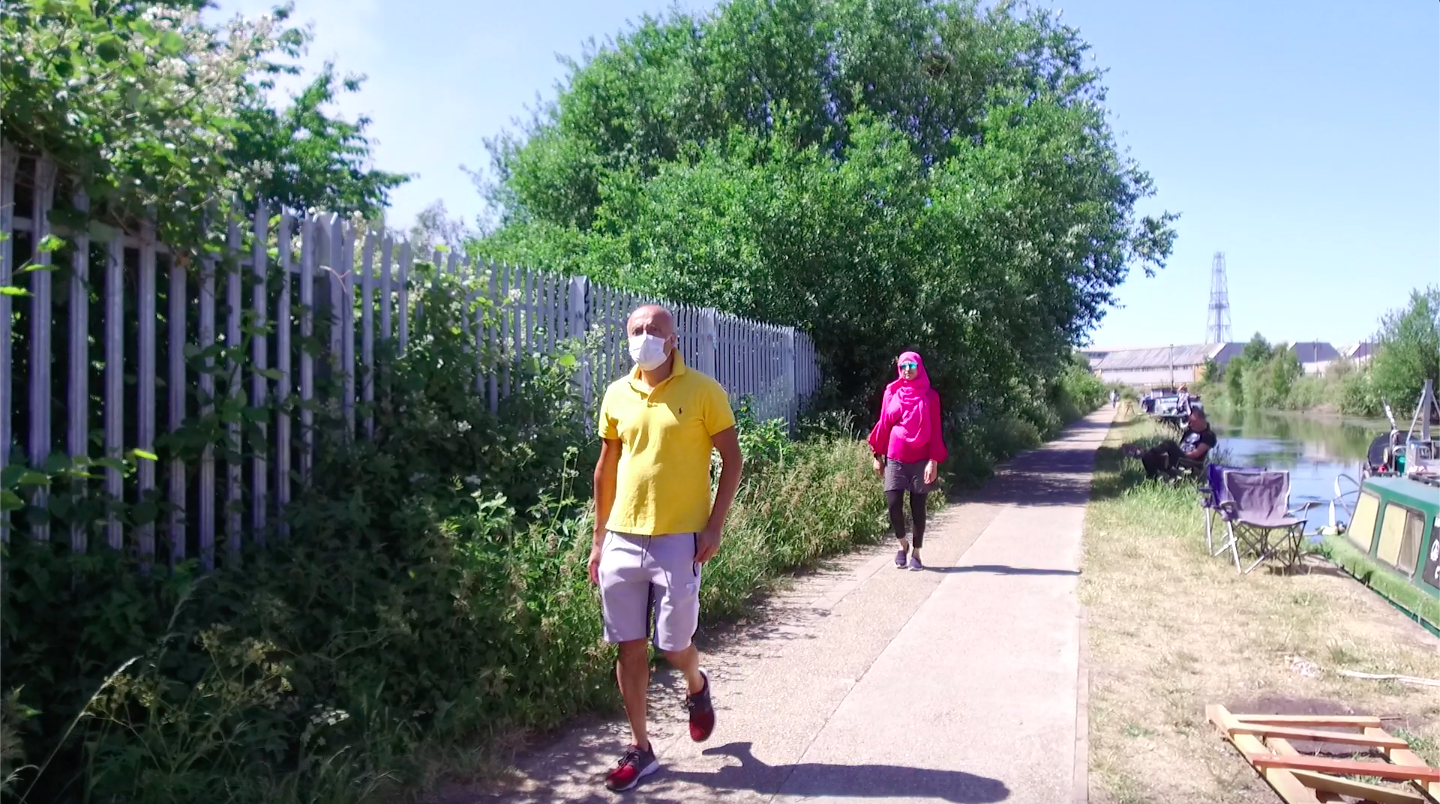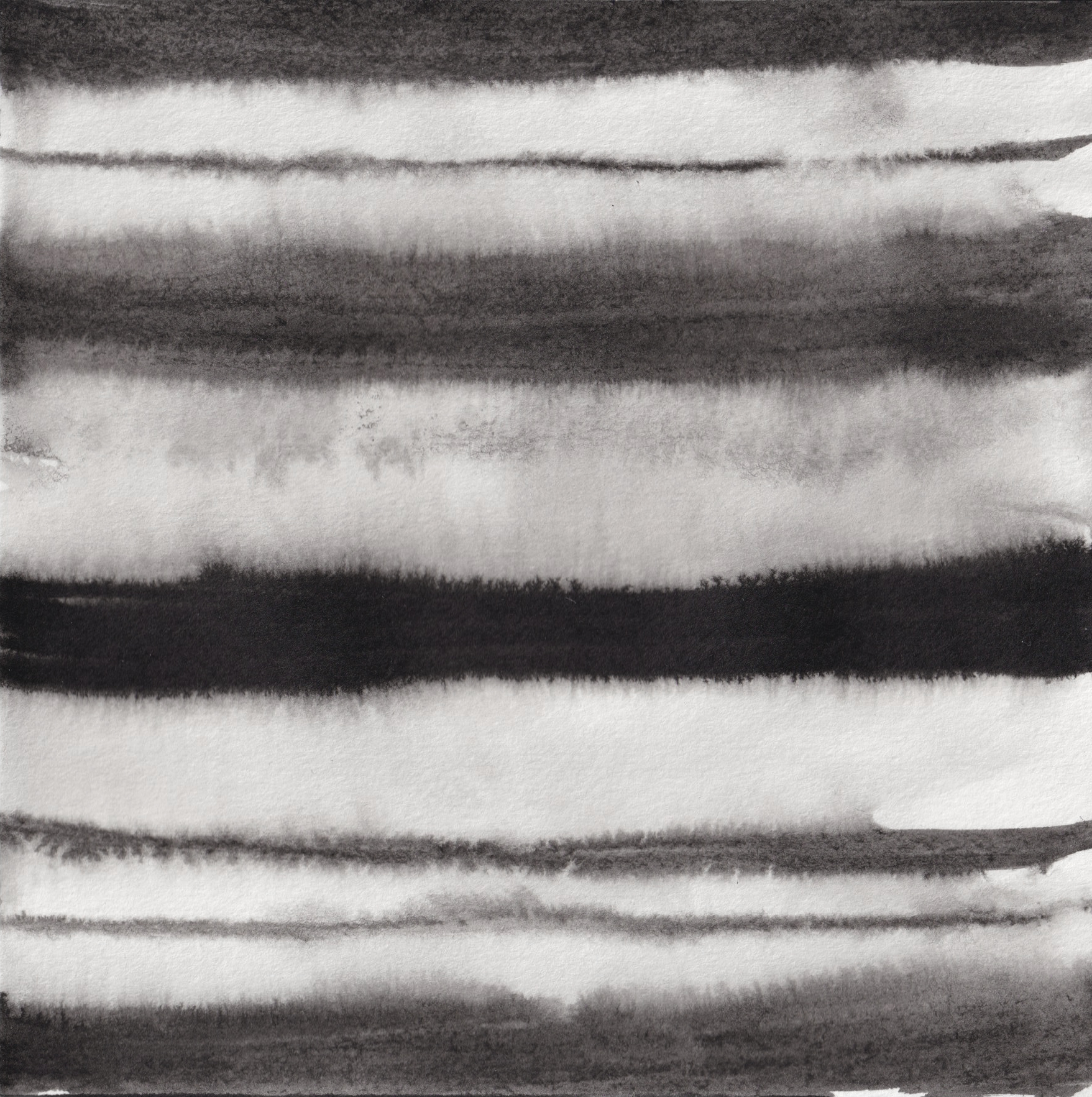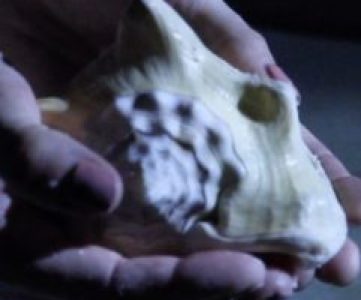TT Journal, Vol.1, ISSUE 1, 3rd November 2020
by Lucy Lyons
What does it mean to walk?

In these absurd times, the act of walking has become loaded with a greater significance. Whilst in lockdown, I continued to teach a small cohort of students online. Some were shielding, some lived alone, but all of us were living an existence of strange isolation, navigating a different, mediated world where connection was virtual and the idea of being together in real life was now unsafe and forbidden.
For those who were able to, a short walk as a form of exercise was encouraged. This act of walking was for some a necessity and a chance to be free, for some it became an aspiration, for others an act of subversion, defiance, or strength; but it was something done in isolation.
Our world was reduced. From living in a global world – a small world – where one could travel anywhere at anytime, our worlds became local. Our whole world was our city, town, or street. For some their homes, or just a room, became the parameters of their world. From spreading, connecting, contacting and sharing, we receded, disconnected, and separated.
The desire and necessity of walking became a constant topic of conversation. Walking as a fundamental act was now elevated to being the highlight of the day or an unfulfilled desire; it was at the forefront of our thoughts. Like most people, the space and time that we came to share together was via Zoom. This virtual space became our meeting place. The absurdity of our dependence on occupying a heterotopic space that would never compare to reality was intensely felt. We all dreaded the unreliability of the technology. We were all aware of what we looked like, as no one could sleep and anxiety was often etched on our tired faces. We often couldn’t hear each other, or had “brain fog” and couldn’t think straight. Yet we all looked forward to these “meetings.” From within our different isolated spaces this virtual space turned into the only one we could all occupy simultaneously and for months it became our heterotopic home.
Artistic research as form of survival
We began to consider how we could go for a walk together. To do this we set out a hypothesis and a methodology with which to frame this. We asked, what does it mean to take a walk together and can we examine this through playing games? Can the rules of traditional games allow us to reinterpret or reinvent the flâneur/flâneuses and create new responses to space around us in the Covid19-age of isolation?
The idea of playing was appealing, especially in such difficult times. The model we chose to use was the “Exquisite Corpse”. This was the game invented in 1925 by André Breton, who led the Surrealist movement. Someone would first draw a head on the top third of a piece of paper. They then obscured this by folding it over and handed the paper to the next person. They would draw a body on the middle section of the paper without seeing the head. They then folded over their section to hide it and the last person drew legs on the remaining visible third of the paper. It wasn’t until the whole piece of paper was unfolded that the parts were joined together and it would be the first time anyone, including the makers/players, would see the image as a whole. They shared in the experience of making, but separately. They then shared the experience of seeing the whole revealed simultaneously.
The text version of this is the parlour game of “Consequences” where someone would write the description of a protagonist, fold it over and hand it to the next person who would write a description of another character. This was folded, handed to another who set the scene, then to another who, without seeing the previous texts wrote an action that took place etc. No one knew what the previous players had written. Once opened and read aloud, the texts became one story written separately but together.
The rules of these parlour games focus on unknowing, a concept particularly prevalent in the current state of being as well as relevant to some states of making. Discovery and understanding through haptic means and relying less on given information but more on discovering through embodied and tacit practices, were all areas of interest to the students. These instructions fitted perfectly with our situation of being in isolation but wanting to research and create something together; they allowed us to begin at the same starting point of not knowing.
To test our hypothesis we set these rules out in such a way as to apply them to walking rather than creating an “Exquisite Corpse.” A test walk was made between five of us during May 2020.
We each had a map of the local area of Margate. Each map had 2 numbers on it, a starting point and an end point. These were randomly allocated and no one knew who had which section, or where all the sections were, they only knew about their own. It didn’t matter how anyone got from their start point to end point. They were free to traverse far and wide or take the shortest most direct route. Whether Flâneuse or Flâneur they could take their walk in the past, present or future. The walk might be real, imagined, a memory or a current experience or all of these. The walk could be created through performance, text, spoken word, drawing, film, paint, or any combination. No one revealed to anyone which section of the map they would be walking.
The aim was to take this walk together but in isolation and each responded differently. We brought our walks together to create one journey made up of separate parts. Some were created from home using found and made objects by those who isolated. Others went out on different occasions whilst another recreated their walk from past memories and images. Keeping in mind the role of the Flâneuse, we all voiced our thoughts and observations whether real, imagined in the past, the present or future.
One student described their experience of the process.
“Walking as a creative practise seemed to be a transient thinking contemplative space. Moving through thoughts and ideas as the body moves through space and time. But the mind also in transit, a space of internal consideration and variety of external inspirations as the landscape changes”
Another mused on the absurdity of the research project and the process.
“The very concept of walking in the midst of a global pandemic seemed absurd to me, unthinkable. Slowly, however, the absurdity itself became the thing to celebrate.’
One student raised their issue of the challenge of recording and representing something that is so interior. They mused on the mundane yet multi sensory nature of walking. They overcame this by turning their own walk into a game by walking backwards with an improvised spoken word piece.
For one other in the group the process of research became a form of survival, a panacea to the realities of shielding and lockdown. They struggled with fighting their own instincts as the “process of editing the pieces together exposed the deep entrenchment of traditional narrative and sequential meaning making.” This went against the rules of the game where not knowing what preceded and what proceeded were essential elements of the game. Their own processes of controlling and editing had to be abandoned to allow the element of chance to take over. They realised this and once they gave into the randomness of placing images together, they saw they worked better.
We completed the first attempt at using the parlour games to walk together by joining the images of our walks and accompanying commentaries to create one local walk in Margate.
[youtube https://www.youtube.com/watch?v=x8NfTNsoIQM]
Absurd Consequences of Walking as collective practice
We wanted to expand the collective element of the research by including others. We hoped to walk with people in other countries, those we knew and those we didn’t know by asking other participants to join in our game. We submitted a proposal to the Nordic Summer University Summer Symposium and upon acceptance asked them to send out a call to all the participants. They were asked to collect objects, make drawings, paintings, collages, performances, or take photos of their walks. We requested that all these objects, journeys and images were photographed as still images, not films.
Whether a Flâneuse/Flâneur that wanders lost and aimlessly or one that strolls and commentates on the world, we asked they write a text to accompany their images describing their walk and/or their thoughts. This could be written in the past, present, future, occupy other spaces or lives and times, it could be real or fictional, prose, poetry, spontaneous or a narrative. It could be repeated words, only a few words or much longer.
To these images we applied the rules of Exquisite Corpse and we used the rules of Consequences to randomly cut up the texts and place them together to create a continuous narrative that was unique and new to everyone including ourselves. The game allowed us the freedom of not knowing where this act of taking a walk together would take us. This walk would allow us to encounter new and different shared heterotopias together in places real, imagined, digital and in the past or present or future. This accumulation of worldwide walks and thoughts could be seen brought together in the unfolding views of all our locations and thoughts. This was a reflection and commentary on our environments in these times of Covid. It showed us inhabiting multiple worlds simultaneously and embodying them in one multiple event and performance walk.
This larger, international walk happened as a live performance on July 27th 2020. This walk consisted of all the different images of walks, observations and commentaries from twenty-one participants from Norway, Sweden, Denmark, Finland, Iceland, Latvia, UK, Germany and the Netherlands.
Along with the screening of the digital walk we debuted a live performative reading of an unrehearsed script read by our group from Margate. This accompanied the images, photos, drawings and text of walks placed together randomly one after the other according to the rules of Exquisite Corpse. The script was created from different excerpts of all participants’ texts according to the instructions of Consequences. The group had not seen the final script before hand, so no one knew what was written, only the turns they would take to read out loud.
Reading randomised texts to accompany randomised images, whilst ourselves occupying separate geographical and digital spaces so we could only see and hear each other via Zoom, was of course absurd. Our voices occasionally dropped out due to internet issues. Voices boomed, over modulated, or were too quiet. Images froze and jumped; the inevitable mispronunciations, hesitations and even some giggles ensued. Yet somehow, these images and words joined, to create a journey and a narrative that was united and had a sense of continuity. The performance revealed the collection of words and images as they unfolded in real time, so that we all somehow lived the walk together. Those who had participated saw and heard snippets that were familiar to them, that now became part of one much longer walk. We created, performed and lived in a new heterotopia where we walked with and as others. All the problems caused by the technology created an unsophisticated outcome that was somehow more real and in keeping with the feeling of the absurdity of the times in which we live.
The rules of Exquisite Corpse and Consequences offered us a framework to investigate how we could walk with others. They were born from the absurd and were an appropriate model to reflect the absurdity of this time of Covid.
Absurd Consequences of Walking in the Time of Covid
[youtube https://www.youtube.com/watch?v=AR2xHMWcQ0M]
Absurd Consequences of Walking in the Time of Covid was produced by the following staff and students at The Margate School:
Project editor and text editor –Dr Lucy Lyons
Visual footage editor – Dr Gillian Wilson.
Research makers and performers – Alex Noble – Angela Malone – Gill Wilson – Hayley White – Lucy Lyons Thank you to all the participants from the Nordic Summer University (NSU) and The Margate School.
References:
Baudelaire, C., (1964). The Painter of Modern Life. New York: Da Capo Press. Originally published, in French, in Le Fargo, 1863.
Benjamin, W., (1999). Eiland, Howard; Tiedemann, Rolf (eds.). Arcades Project. Translated by McLaughlin, Kevin.
Foucault, M., (October 1984). “Des Espace Autres“. Architecture, Mouvement, Continuité. 5: 46–49.
Merleau-Ponty, M., (1978). Phenomenology of Perception. London: Routledge & Kegan Paul.
Dr Lucy Lyons uses drawing as intervention into different disciplines, researching how the activity of drawing leads to better understanding through “slow looking.” She lectures in drawing and in contextual studies at The Margate School (ESADHaR) and is a tutor in anatomy and art at UCL. She is also involved in collective multi disciplinary practice, and hosts artists’ residencies and facilitates performances and exhibitions in her home, Gordon House Margate. http://lucylyons.org/

‘Walk ink’ by Alia Zapparova
